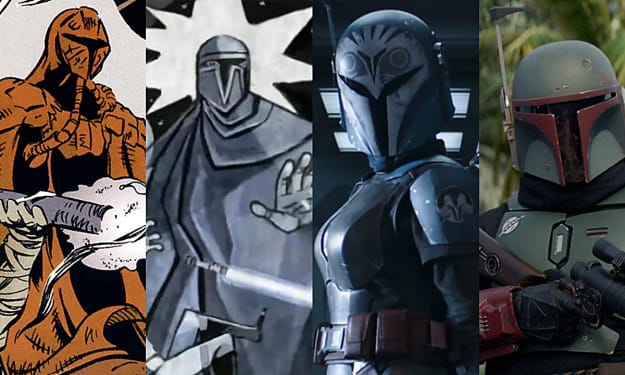The Inescapable Imbalance
How this summer's blockbusters only emphasize Hollywood's gender problem

Spider-Man was a fun film. I mentioned in my review of it however that there is a flatness, a not-quite-there-ness about the whole affair. Wrapped in the hype of the Marvel Cinematic Universe I wondered if this was to do with studio pressures and the lack of true surprises holding back the film; but there is also a much bigger problem, overlooked by virtually all reviewers. Homecoming illustrates a problem in blockbuster filmmaking: the lack of parts of value for women. Such roles that would ideally be independent and not subservient to any male characters around them.
Barring a certain cameo, Spider-Man had four named roles for females: Aunt May (who only existed as a parental figure for Peter to avoid), Liz (Peter’s two-dimension crush), MJ (Peter’s high school “oddball”-stereotype friend) and – with the most lines – ‘Karen’: his suit’s artificially intelligent interface. None of these characters had their own arc. Perhaps best served was Aunt May, in that her discovery of her nephew as the Spider-Man suggests she will at least be given an arc of her own come the sequel – not that it is likely to be a large arc or involve interesting character development.
Reports on Twitter about the next big blockbuster release – War for the Planet of the Apes – suggest something even worse, that there are no speaking parts for women whatsoever. Even the much-trailed young girl only communicates in small amounts through sign language and acts as nothing more than a damsel in distress, similar to the human baby in the original Ice Age if you will. Honestly, in 2017, this is a disgrace.
Let’s compare Homecoming now to the film which managed to out-hype Spider-Man this summer: Wonder Woman. Here was a film lauded by critics for its representation of female characters, even though there was only one woman on screen in the second half of the film. It was heralded as the possible start of great female representation on screen. While Patty Jenkins showed the world how three-dimensional female characters can and do work on the big screen, and Hidden Figures brought similar representations to this year’s awards season, there’s a significant worry that not enough progress is being made.

2010 Onwards: Films’ Dialogue, by Cast Member and Gender
How would one go about measuring the amount of representation? Well, self-representation largely comes in the form of speech so let's focus on that. Last year the self-proclaimed “largest ever analysis of film dialogue by gender” was published. It’s the definitive proof that white men do dominate movie roles – even Frozen has more of its dialogue spoken by men than by women. Meanwhile, Mulan’s protective dragon speaks more than the heroic Mulan herself with a ratio of 3:2.
The study is a much more comprehensible study that the simple Bechdel tests (whether or not two women can be found in a film, talking together in a scene about something other than a man), something which it's surprisingly easy to accomplish but surprisingly hard for many films to pass. Bechdel tests themselves are not perfect, for the most part arguments can be made about historically-set films demanding gender imbalances, and on the other side, that films containing blatantly sexist content have be seen to pass the test.
“How does it happen that four such smart women have nothing to talk about but boyfriends? It’s like seventh grade with bank accounts!” – Sex in the City
So where do we go from here? Sticking with statistics, it's easy to see that problems of representation originate behind the camera. In 2012’s hundred most successful films, just one in six of the writers, directors, and producers, were women. More women need hiring. It's as simple as that. Also, and this is a call for all creatives out there, check that your default characters aren’t male. If your project involves a police officer, or an engineer, or any role typically imagined to belong to a man: change it. Break gender boundaries. Show women being women and follow their stories too. And make sure, if you’re surrounded by men, to change that and represent women fairly. No cheap shots of buttocks or cleavage. Treat women and three-dimension characters, every bit a person and not an object. Be bold.
And to those without the power to influence the casting and characters of blockbusters, well its time to tell those studios with your wallet. Check with those who have seen the films and ask about their representation. I will no longer be seeing War for the Planet of the Apes. It’s time to make the future that Wonder Women has shown can be.
About the Creator
Jae Calcutt
Jae is a writer, student and general nerd, currently living in Manchester, UK.






Comments
There are no comments for this story
Be the first to respond and start the conversation.